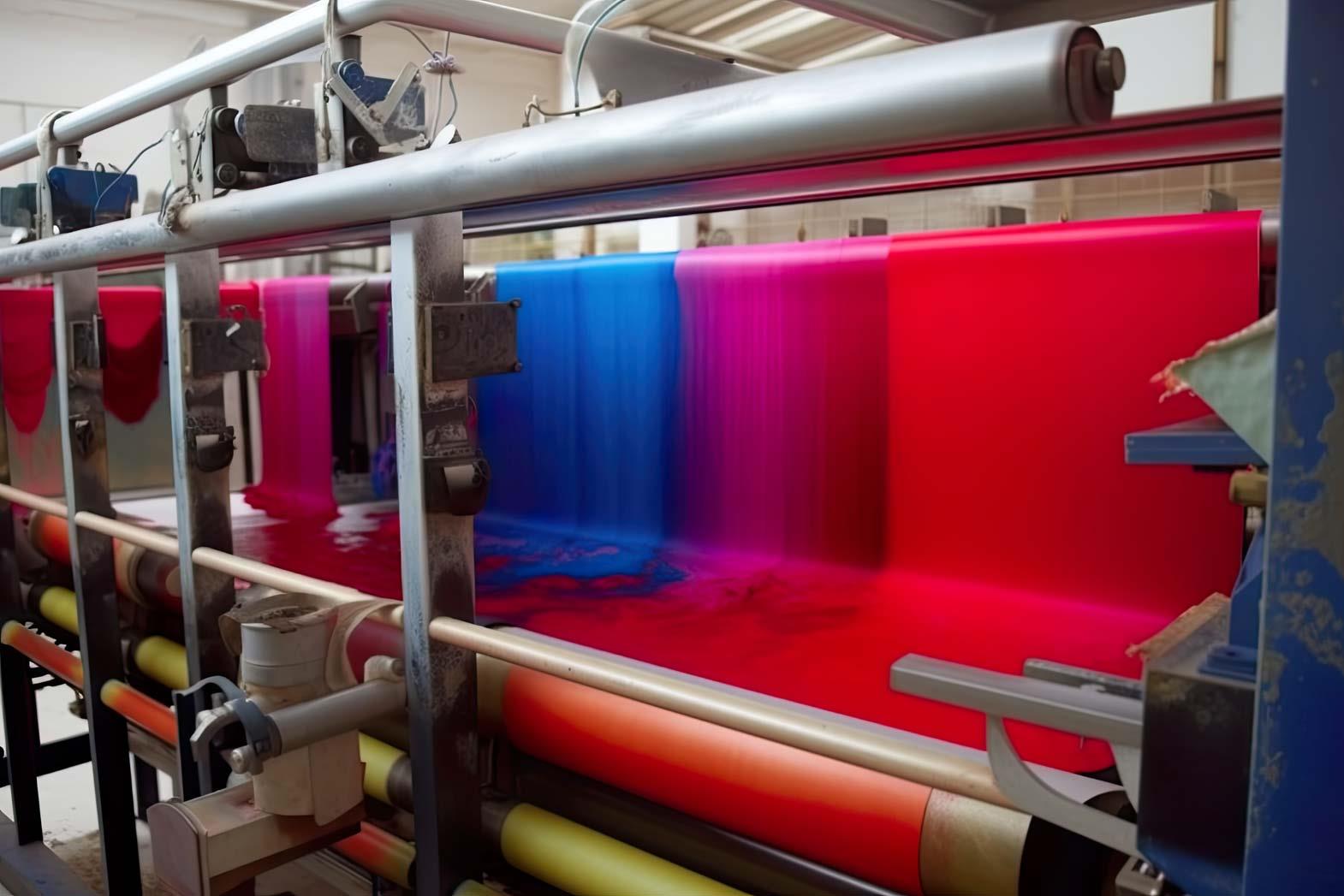(Views expressed in this article are the personal opinion of the author.)
Water scarcity and increased environmental awareness are world-wide concerns which are causing a sharp rise in prices for intake and disposal of water. The textiles industry is also one of the biggest consumers of water with conventional textile dyeing using large amounts of fresh water which is disposed of as waste water containing dyestuff chemicals.
The Pollution Control Board in India has become also very strict. Tirupur Processing units are all closed. Bhilwara process units are also under terrible pressure maintaining the zero discharge notification. Vapi, Ahmedabad, Kolkata, Jetpur, Pali, Surat, Bhiwandi are also under pressure to follow the strict norms.
4,000 years ago man used water to carry dye to a piece of fabric. Early water pollution was born. Since then, more and more chemicals have been added to color fabric, producing ongoing and ever worsening water pollution. In the mid20th century, came new fibers such as nylon and polyester. These new "hightech" fibers were difficult to dye so heavy metals and other toxic compounds were added to water baths to carry the dyes.
Most of the discussion in sustainable textiles has centered around the fibres -manufacturers making a switch to organic cotton, or creating fabrics from natural, easily - renewable materials like bamboo or hemp.
This article was originally published in the Textile Review magazine, May, 2013 issue, published by Saket Projects Limited, Ahmedabad.
About the Author:
Dr. N. N. Mahapatra is the Head of Environmental Impact Solution at Intertek Green Initiatives, Intertek India Pvt. Ltd., Mumbai

20240830145908.gif)
20240924091633.png)

20240924111837.jpg)




Comments